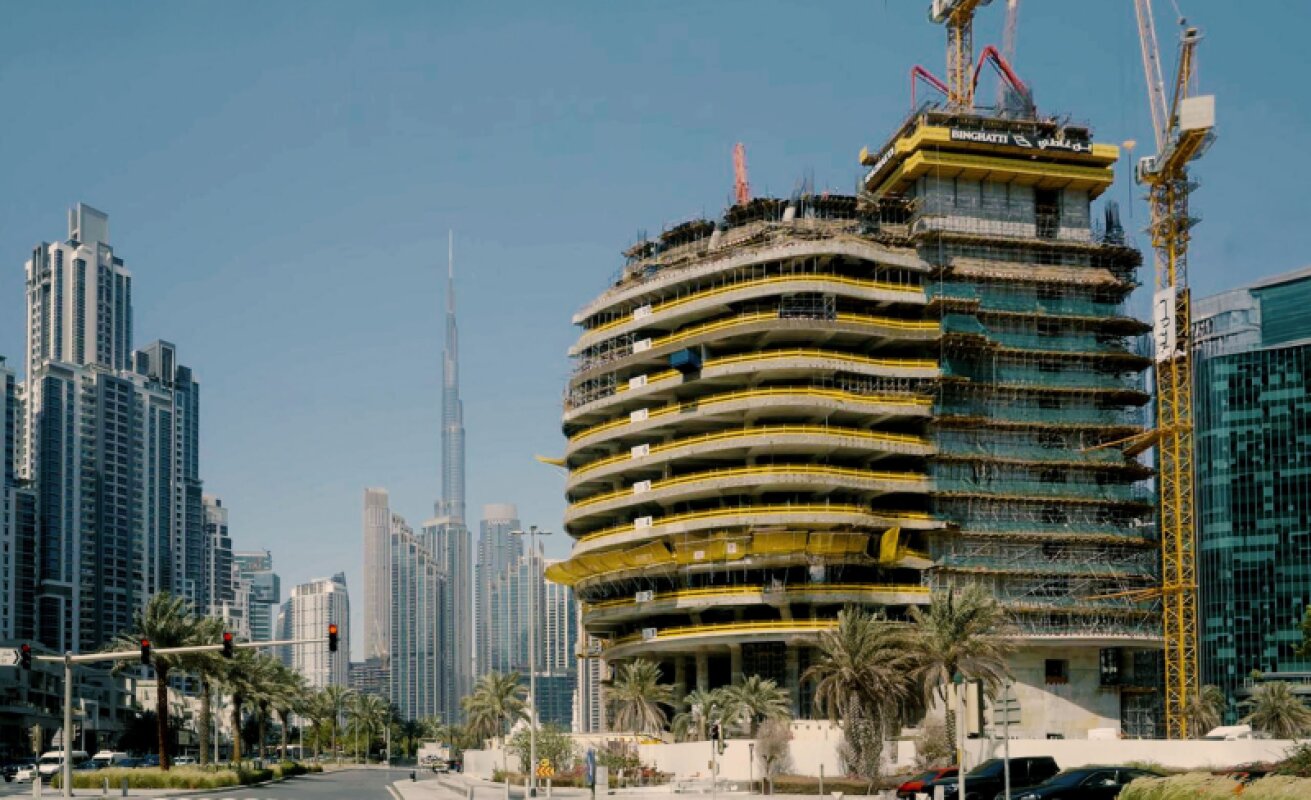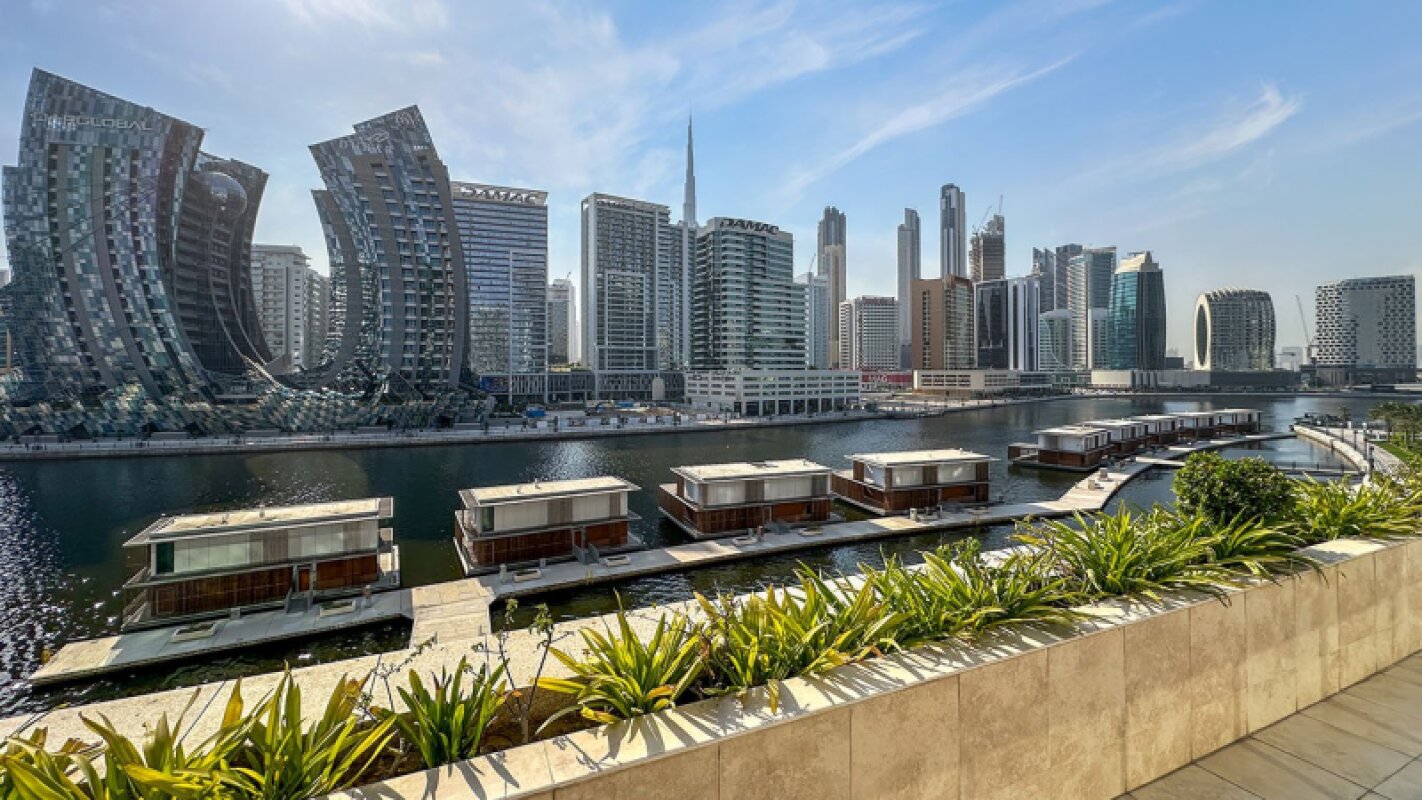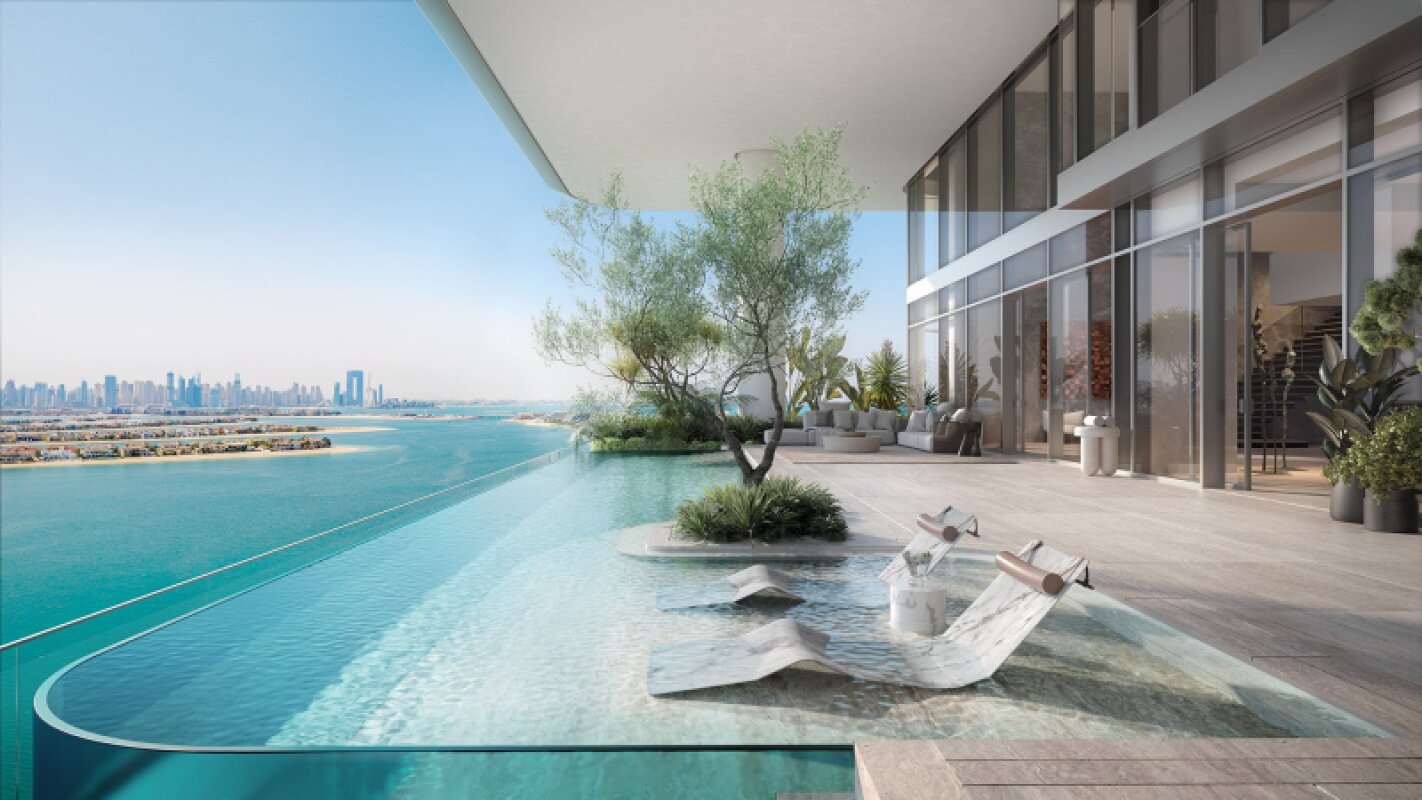
Dubai’s Real Estate Market Holds for Now - But 2027 Will Test Its Limits
A Forecast of What Will Actually Be Delivered from 2025 to 2027 And What It Means for the Market
Real Deliveries Tell a Different Story
In 2025, Dubai was projected to deliver 37,171 residential units. As of mid-year, 16,631 units have been completed, and only ~6,265 additional units are on track to be delivered by year-end - meaning just 62% of anticipated handovers are likely to materialize.
The outlook for 2026 is even more pronounced. Out of 71,613 forecasted units, only 34,740 are expected to be delivered - equating to just 48% of anticipated handovers based on current construction progress.
Prices are not expected to decline in 2025 or 2026. On the contrary, the market is likely to remain firm due to undersupply relative to forecasts, especially in the premium and mid-income segments.
"We are not in a correction phase, but we are entering a moment of reckoning - where data, not sentiment, should guide decisions,” said Elias Hannoush, Managing Director here at Morgan's.
2027: The Real Stress Test Begins
What lies ahead in 2027 may redefine the dynamics of Dubai’s residential market. 70,537 units are forecasted for delivery - a number that stands 98% above the five-year average of 35,531units per year.
“This is the highest single-year supply Dubai has seen in over a decade,” the report notes.
If demand fails to scale in parallel, the market could face pricing pressure, yield compression, and longer absorption cycles — especially in oversupplied communities.
Top Development Zones:
- Jumeirah Village Circle leads with a total of 16,852 units across 2025–2027 - the most active area in Dubai’s residential supply pipeline.
- Business Bay follows with 10,127 units, then Azizi Venice with 7,860 units.
These areas are projected to face elevated delivery volumes and will require agile pricing strategies to maintain absorption.
Key Findings from the Study
| Year | Forecasted Supply | Realistic Deliveries | Completion Rate |
|---|---|---|---|
| 2025 | 37,171 units | 22,896 units | ~62% |
| 2026 | 71,613 units | 34,740 units | ~48% |
| 2027 | 55,238 units | 70,537 units (incl. delays) | +27% |
- Most Active Zone: Jumeirah Village Circle.
- Five-Year Avg. Deliveries (2020–2024): 35,531 units.
- 2027 vs Avg: 70,537 units forecasted → 98% above average.
Key implications include:
- Investors should expect more localized volatility post-2026.
- Developers must monitor absorption timelines closely.
- End-users may find stronger leverage in 2027 as supply peaks.
Read the full study.
Frequently Asked Questions
The Dubai real estate supply gap refers to the significant difference between forecasted unit completions and what is actually delivered. For example, in 2025, only 62% of the projected 37,171 units are likely to be completed. A trend observed across multiple years.
As of mid-2025, Dubai’s real estate market is stable with strong demand from investors and end-users. However, real supply lags behind projections, especially in affordable and mid-luxury segments, which is keeping prices elevated.
2027 could be a turning point. While prices may remain firm through 2026, the projected supply spike in 2027 might introduce localized volatility, longer absorption cycles, and greater leverage for end-users. Savvy investors should monitor market absorption rates closely.
According to our supply study, Dubai is expected to deliver over 70,537 units by 2027, a figure 98% above the five-year average, signaling the highest single-year supply in over a decade.
Even with concerns about overbuilding, Dubai real estate prices are not expected to drop in 2025 or 2026. A significant supply gap remains, especially in the mid-income and premium segments, helping maintain price stability even as new projects are launched.
 Share
Share


